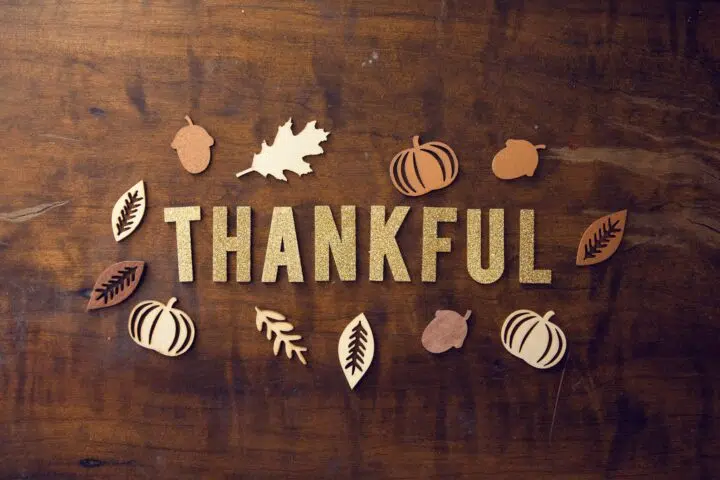As an author-entrepreneur I’ve attended many a class and read many a book on sales and marketing. So often I’m told that the first step in selling your products or services is to identify your buyer’s pain point, then you explain how your product or service is the solution to their pain.
Every time I hear this advice, I bristle. I once asked, “What if my customers don’t have a pain point?” (I was thinking that really the people who buy my books are just looking for a good read). “Then you convince them they do have a pain,” I was told. “They just don’t know it yet.”
Okay then, your pain (though you don’t know it) is that you are tired of reading so-so fiction and dismayed that you don’t know enough about your own country’s history, therefore you need my books. No, I’m serious, if you don’t buy my books, you’re going to regret the time you’ve wasted slogging through those mediocre stories and you’re going to feel more and more inadequate because you don’t know your history. My books are going to save you, especially given current events in the world. Convinced? Good . . . click to my products page or hop over to Amazon and buy, buy, buy.
To be honest, I resent how advertisers take advantage of us. I resent that the sale is, so often, the only goal. I think it’s true that many people are selling products that truly meet a need, and I’m grateful for those products, but art is about more than feeding a need. Art is about the artist first examining his or her own pain points – what we need to understand about ourselves or our world right now–and then creating art to reflect that inner journey in the hopes that fellow journeyers will recognize themselves in the piece and a connection will be made. A true connection, not one born of manipulation.
I’ve been told I’ll never be a bestseller because I can’t embrace this notion of selling to your pain, and they are most likely right, but I’m okay with that. Some of my happiest moments are when people tell me, “I knew nothing about World War II and didn’t know if I’d like your book, but I loved it. Now I want to know more.”
In reading my story, they didn’t go looking for a solution to a problem, they took a chance on something new, something unfamiliar. They didn’t find a remedy which could provide rest and relief, they found the opposite, a pinprick that awakened in them questions and curiosity. Or maybe they just found a few hours of enjoyment. What’s wrong with that?


